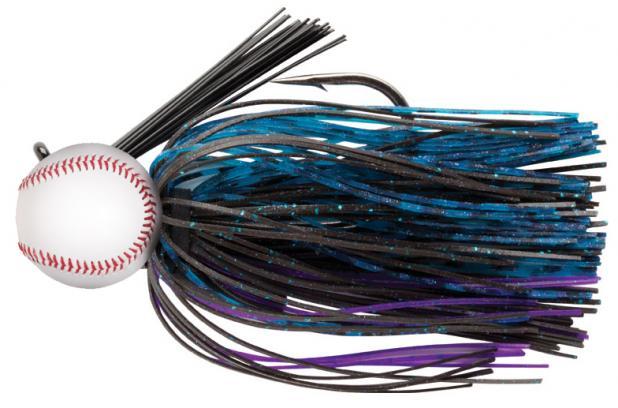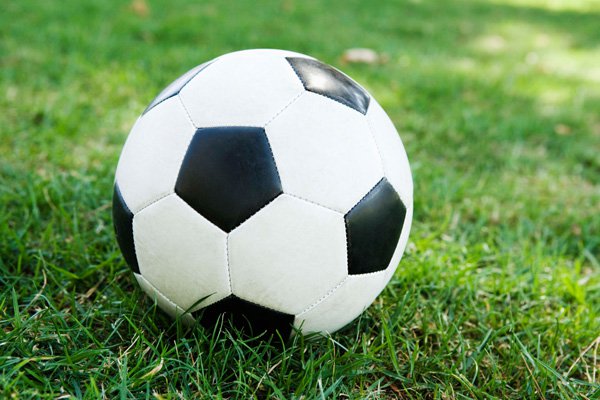9-10 yr old baseball
Question
I have a son on a town baseball league. He has been playing for many years and
is quite good. Given this is a town league, there are some children who have not
played baseball hardly ever or at all. Do you have any good practice drills? We
have 15 kids on the team so we can split up in to groups
Answer
Hi Doug,
I can identify with you on this. I too had a large team of kids once. I know how much work it is when the skill range is so diverse.
I had behaviour problem kids, a handicapped kid, a gifted player and some indifferent kids ALL on the same team! When I look back, of all the teams I've coached that was the most memorable one. It was also the most difficult. There's a lesson in that for you...
You have your work cut out for you. You'll have to find a way to get the stronger players to work with the weaker ones. Pick those kids who you think are responsible enough to help other players out. Then, speak to them and let them know you plans to help the weaker players. Its a lot of responsibility you'll be placing on their shoulders but that's life. If you don't challenge them, they won't grow.
Keeping in mind they are only 10, you can still assign some of them with this responsibility. It's an introduction to leadership. I did this and at first it was a bit rough but they soon figured out what to do - and the weaker players listened!!
When you design your practices, always have a drill or two each practice where the stronger/weaker player teams get to work together. You can set up warm-up drills between the two, plus a toss and run drill mid way thru the practice. Get them use to doing this as a routine for each practice. If you forget to do it once, you could jeapordize the process, so be consistent. Kids need that.
One drill I always did for my practices was a "follow the ball" drill. It works well with a large team, forces the players to throw, catch, run and keep their eye on the ball:
place players on each of the bases, they can form lines behind one another on all bases. Spread the team out equally on all the bases. Don't let them crowd up as the action player will need some room to catch and throw.
To start, a player on home plate throws the ball to the player at 1st base. The player who threw to 1st base MUST then follow the ball (run) to 1st base and get in at the end of the line formed at 1st base.
The player at 1st base who caught the ball, must then turn and throw the ball to 2nd base. He too MUST follow the ball to 2nd base after he throws it, just like the home plate player did when he threw to first.
This is repeated for 2nd base to 3rd base; 3rd base to home plate.
If a ball is not caught, the player has to chase the ball down and quickly make the throw to the target base. The key is to keep the flow going - under control. I always told my players "be quick but don't hurry" as that's when they make mistakes.
At this age, only use one ball at first. It teaches them to keep their eyes one the ball (and not the plane flying overhead, the canoe in river...) :)
It gets them moving, they learn the motor skills of catch, turn, throw. It has all the motions and skills needed throughout their years of baseball.
After the warm up, I always started this drill for every one of my practices ... kind of a personal stamp of mine. Mayber yours now...
The problem with a single ball going around the bases (and the diverse skills you mention), players will have to wait. We both know that if they are waiting, they will loose interest. SO...
introduce a 2nd ball into the drill:
When the 1st ball gets thrown to 2nd base, give the player at home the 2nd ball and have him throw to 1st base. Now you have two balls going around the bases.
Watch this closely though, if a player mis-throws or does not catch a ball, the 2nd ball can catch-up quickly. You have to stop the cycle and restart with a two base 'spread' to ensure no player gets into trouble.
Its a good drill and its really nice to see when its done correctly. In your case, you may want to end your practice with this drill as you mention some players have hardly ever played. For them, this will be the big challenge. For the stronger kids, this drill will reinforce what they have learned. It a win-win drill as far as I'm concerned.
For other drills, you'll have to start looking on the internet for specific drills to match the needs of your players. First and foremost, you have to organize yourself. Each practice should have a theme; you assemble your team and state: "tonight, we practice on X, Y and Z" and tell them why. Always let them know what they'll be working on, how it will benefit them and what they should expect.
I always kept my practices focused on just three major components and I kept a practice log outlining Theme, Goal, Drill description, and comments. I also recorded which players needed more work, weaknesses, possible tips for the next practice theme, etc.
While designing my practice, I also tried to work in some drills that kept the players busy while I took some players aside and did some one-on-one drills with them. You will have to do this for those who are very weak. Its nice when you have a parent to help but that's not always possible.
I was always working on leadership, sportsmanship, team spirit and responsibility with my teams. I always had the players responsible for unpacking and packing the gear. I'd have them bring in the bases, stow away the gear and empty the water bottles, etc. No one was exempt and everyone had to contribute.
When the practice was over, I pulled the team together, summarized how the practice went, told them some weakness then can work on, gave instructions for the next practice and always tried to end on a positive note. Again, with diverse players you have to be consistent and organized or you'll be chasing your tail.
For more drills, use the resources of the internet. Just google baseball drills, coaching youth baseball, baseball drills, pitching, throwing, etc. There are hundreds of sites out there that have excellent tips on drills.
I hope this is helpful and I wish you well in your season. You have your homework assigned now its up to you to get organized. Last but not least, have fun with them. Make it a pleasure to come to practice and you'll have them remember you for life. I know I'll always remember them.
Regards,
JohnMc
Coach Pitch Hitting Lineup
Little league mandatory participation


